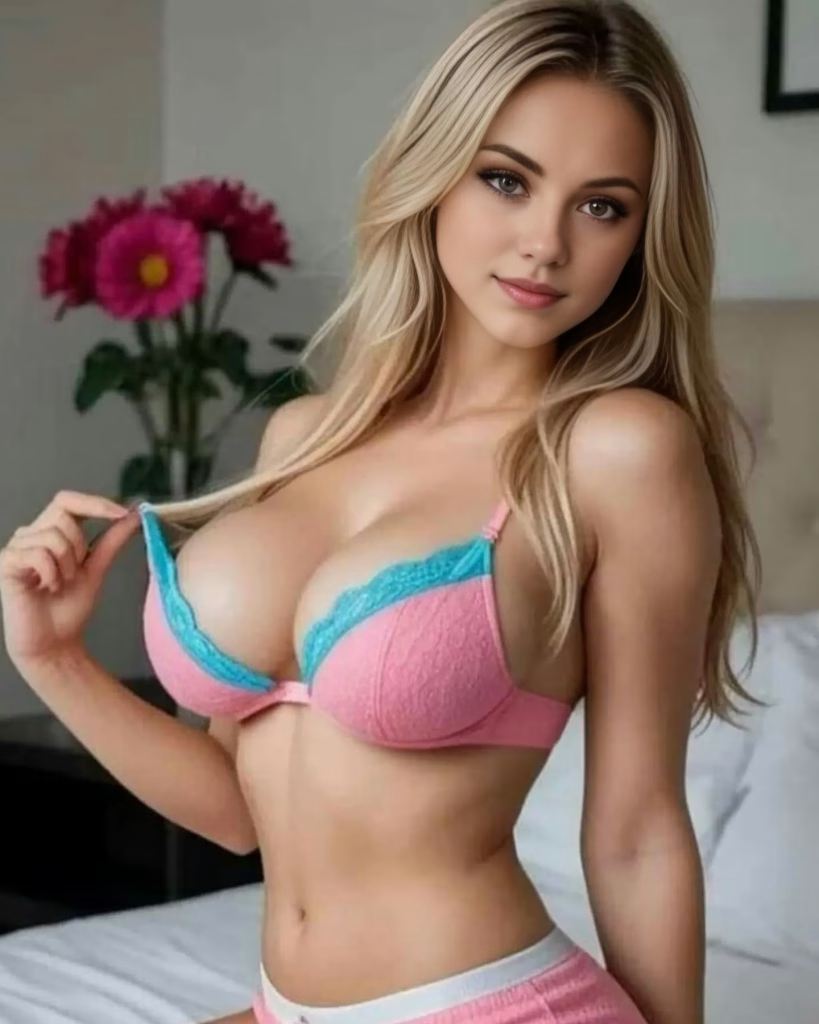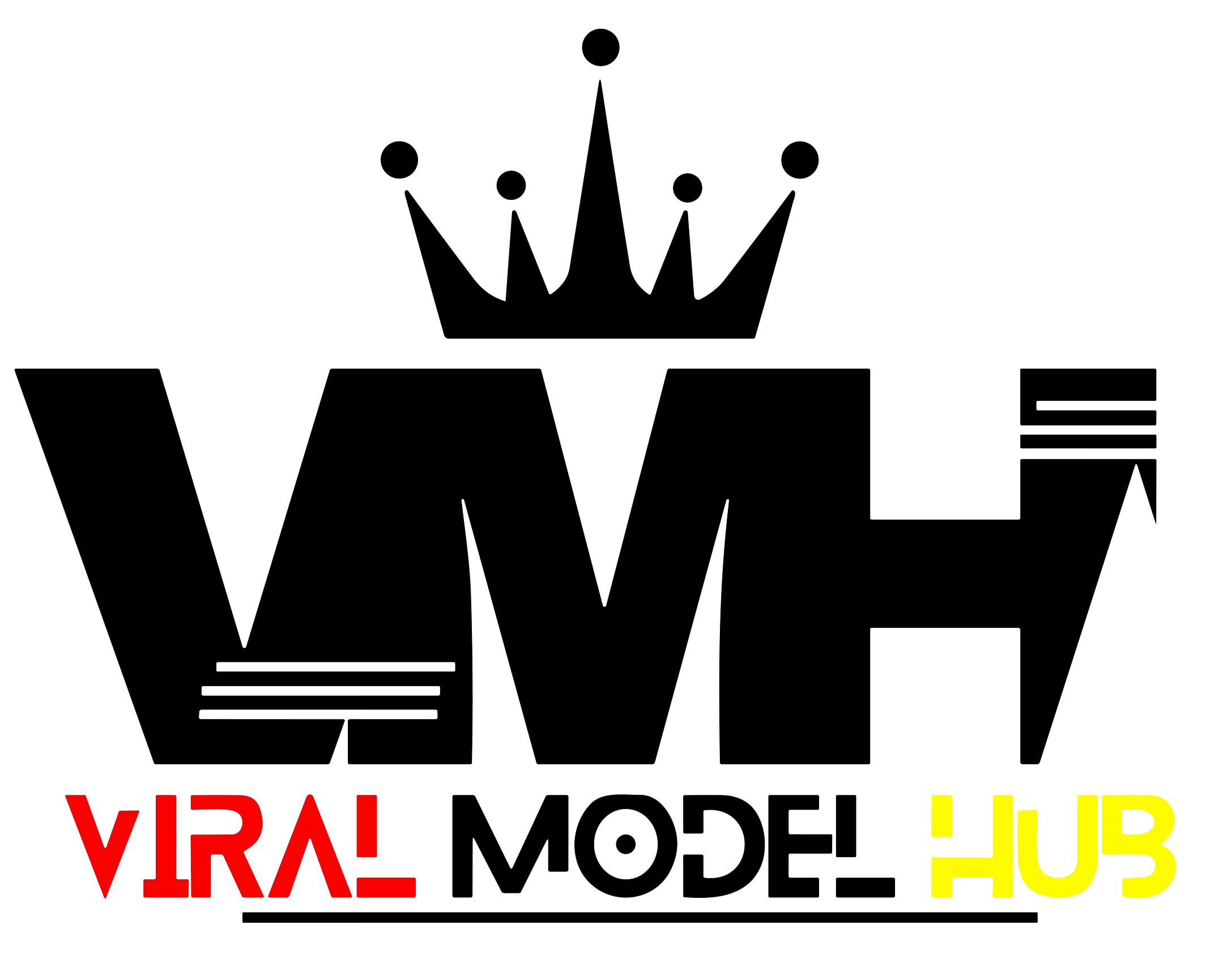In the rapidly evolving landscape of digital media, the emergence of virtual influencers has redefined the boundaries between technology and human interaction. Among these digital personas, Juh Ferreira stands out as a pioneering AI-generated model, captivating audiences worldwide with her hyper-realistic visuals and engaging online presence. This blog post delves into the creation, rise, and impact of Juh Ferreira, exploring how she is reshaping the future of social media and influencer marketing.

The Genesis of Juh Ferreira
Juh Ferreira is not a human being but a sophisticated creation born from the synergy of advanced artificial intelligence algorithms and creative artistry. Developed by a team of AI specialists and digital artists, she was designed to challenge traditional notions of beauty and influence. Her creators utilized deep learning techniques, feeding vast datasets of human features into neural networks to generate a model that embodies an idealized yet relatable persona.
The process involved training AI systems to understand and replicate human expressions, movements, and aesthetics. By analyzing countless images and videos, the AI learned to produce lifelike renderings that blur the line between reality and digital fabrication. The result is Juh Ferreira, a virtual influencer whose presence on social media platforms is nearly indistinguishable from that of a real person.
Establishing a Digital Footprint
Juh Ferreira’s primary platform is Instagram, where she shares a curated collection of images and stories that showcase her virtual lifestyle. Her profile features a blend of fashion shoots, lifestyle content, and interactive posts that engage her followers on a personal level. Each post is meticulously crafted to reflect current trends, seasonal themes, and the interests of her audience.
Beyond Instagram, Juh maintains a presence on various digital platforms. Her Bio Site serves as a centralized hub, offering links to exclusive content, photo packs, and personalized messages. This strategic diversification allows her to reach a broader audience and provides fans with multiple avenues to connect with her digital persona.
The Allure of Virtual Influencers
The appeal of virtual influencers like Juh Ferreira lies in their ability to offer a controlled and idealized form of engagement. Unlike human influencers, AI models do not age, require rest, or face personal challenges, allowing for consistent content creation and brand representation. This reliability makes them attractive partners for brands seeking to maintain a stable and predictable marketing strategy.
Moreover, virtual influencers can be tailored to embody specific brand values, aesthetics, and target demographics. This customization ensures a harmonious alignment between the influencer’s persona and the brand’s identity, enhancing the effectiveness of marketing campaigns. For audiences, the novelty and innovation of interacting with AI-generated personalities add an element of intrigue and fascination.
Collaborations and Brand Partnerships
Juh Ferreira’s rise to prominence has not gone unnoticed by major brands and marketers. Her unique position as a virtual influencer offers distinct advantages in the realm of digital marketing. Brands can collaborate with her to create tailored content that resonates with specific audiences, all while maintaining complete creative control over the narrative.
These collaborations often involve Juh featuring products in her posts, participating in virtual events, or even co-creating exclusive digital merchandise. The flexibility of her digital form allows for innovative marketing strategies that transcend the limitations of physical reality. For instance, Juh can seamlessly integrate into virtual reality experiences, interactive advertisements, and other cutting-edge digital platforms.
Impact on the Fashion and Modeling Industry
The introduction of AI models like Juh Ferreira has significant implications for the fashion and modeling industry. Virtual models offer a sustainable and versatile alternative to traditional modeling, reducing the need for physical resources and logistics associated with photoshoots and events. Designers can experiment with bold and avant-garde concepts without the constraints of human limitations, pushing the boundaries of creativity.
Additionally, virtual influencers can promote inclusivity and diversity by representing a wide array of appearances, backgrounds, and styles. AI models can be designed to reflect various body types, ethnicities, and identities, challenging conventional beauty standards and fostering a more inclusive digital landscape.
Ethical Considerations and Public Perception
While the rise of virtual influencers like Juh Ferreira presents exciting opportunities, it also raises important ethical questions. The authenticity of AI-generated personas can blur the lines between reality and fiction, potentially leading to issues of transparency and trust. Audiences may question the credibility of endorsements and the genuineness of interactions with virtual entities.
Moreover, the use of AI models in advertising and media can impact employment opportunities for human models and influencers. As brands increasingly turn to virtual influencers, there is a concern about the displacement of human talent and the broader implications for the creative industry.
To address these concerns, it is essential for creators and brands to maintain transparency about the artificial nature of virtual influencers. Clear disclosure allows audiences to make informed decisions about the content they engage with and fosters a relationship built on honesty and integrity.
The Future of Virtual Influencers
As technology continues to advance, the capabilities of virtual influencers like Juh Ferreira are poised to expand. Developments in artificial intelligence, machine learning, and virtual reality will enable even more immersive and interactive experiences. We can anticipate virtual influencers participating in live events, hosting virtual meet-and-greets, and offering personalized interactions that closely mimic human engagement.
Furthermore, the integration of virtual influencers into emerging platforms such as the metaverse will open new avenues for content creation and audience interaction. In these digital spaces, virtual influencers can inhabit fully realized virtual worlds, offering unique experiences that blend entertainment, commerce, and social interaction.
Conclusion
Juh Ferreira exemplifies the transformative potential of artificial intelligence in reshaping the landscape of social media and influencer marketing. As a virtual influencer, she challenges traditional paradigms, offering innovative solutions for brands and captivating experiences for audiences. While ethical considerations remain, the evolution of AI-generated personas like Juh Ferreira signifies a bold step forward in the fusion of technology and human connection.
Follow her on Instagram
Read More: Tammy Hembrow



